Home>Construction & Tools>Building Materials>How Long Does Stucco Take To Dry Before Painting
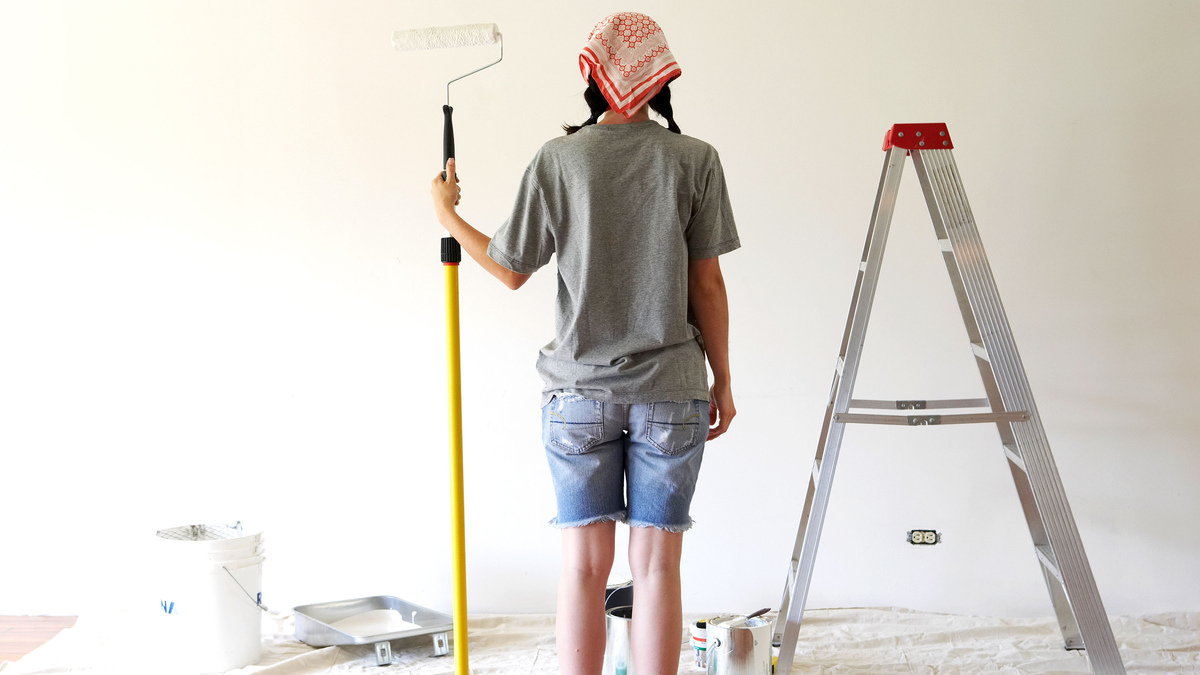

Building Materials
How Long Does Stucco Take To Dry Before Painting
Modified: August 27, 2024
Learn about the drying time of stucco before painting and ensure proper preparation of building materials for a flawless finish. Understanding the process is crucial for successful stucco painting.
(Many of the links in this article redirect to a specific reviewed product. Your purchase of these products through affiliate links helps to generate commission for Storables.com, at no extra cost. Learn more)
Introduction
When it comes to beautifying and protecting the exterior of a building, stucco has been a popular choice for centuries. This versatile and durable material not only enhances the visual appeal of a structure but also provides excellent insulation and weather resistance. However, to achieve the perfect finish, it's crucial to allow the stucco to dry thoroughly before applying paint. The question that often arises is, "How long does stucco take to dry before painting?"
Understanding the intricacies of stucco drying time is essential for anyone involved in construction, renovation, or home improvement projects. In this comprehensive guide, we will explore the various factors that influence stucco drying, the ideal drying time before painting, and methods to expedite the drying process. Whether you're a seasoned contractor, a passionate DIY enthusiast, or a homeowner looking to spruce up your property, this article will equip you with the knowledge needed to make informed decisions and achieve impeccable results.
So, let's embark on a journey through the fascinating world of stucco, uncovering the secrets of optimal drying times and the art of transforming a humble building material into a stunning architectural feature.
Key Takeaways:
- Stucco takes 7-14 days to dry before painting, affected by factors like weather, thickness, and ventilation. Patience and adherence to drying time ensure a stable surface for a lasting paint job.
- Methods like optimal weather conditions, enhanced ventilation, and dehumidification can speed up stucco drying without compromising quality. Understanding these factors is crucial for successful stucco projects.
Factors Affecting Stucco Drying Time
Several factors play a pivotal role in determining the drying time of stucco. Understanding these variables is crucial for accurately gauging the duration required for the stucco to dry before painting. Let’s delve into the key factors influencing the drying time of stucco:
- Weather Conditions: The ambient temperature and humidity levels significantly impact the drying time of stucco. In warm, dry conditions, stucco tends to dry more rapidly, while cooler temperatures and high humidity can prolong the drying process. Extreme weather, such as heavy rain or excessive heat, can also hinder the optimal drying of stucco.
- Stucco Thickness: The thickness of the stucco application directly affects the drying time. Thicker layers of stucco will naturally take longer to dry compared to thinner coats. It’s essential to consider the recommended thickness for the specific type of stucco being used and adjust the drying time accordingly.
- Ventilation: Adequate airflow is essential for expediting the drying of stucco. Proper ventilation allows moisture to evaporate more efficiently, accelerating the overall drying process. Conversely, limited airflow can prolong the drying time and potentially lead to uneven drying, affecting the stucco’s integrity.
- Stucco Composition: The composition of the stucco mixture, including the type and ratio of ingredients such as cement, sand, and additives, can influence its drying characteristics. Different stucco formulations may exhibit varying drying times, so it’s essential to follow manufacturer guidelines and consider the specific properties of the stucco being used.
- Substrate Absorption: The absorbency of the underlying substrate, such as wood or masonry, can impact the drying time of stucco. Highly porous surfaces may draw moisture from the stucco more rapidly, potentially affecting the overall drying time. Preparing the substrate and applying appropriate sealants can help regulate moisture absorption and promote uniform drying.
By taking these factors into account, one can gain a deeper understanding of the variables influencing stucco drying time, enabling more accurate planning and execution of painting projects. In the next section, we will explore the optimal drying time for stucco before the application of paint, providing valuable insights for achieving impeccable results.
Ideal Drying Time for Stucco Before Painting
Patience is indeed a virtue when it comes to allowing stucco to dry before proceeding with the painting phase. While the exact drying time can vary based on the aforementioned factors, it’s essential to adhere to a general timeline to ensure that the stucco is adequately prepared for painting. The ideal drying time for stucco before painting typically ranges from seven to fourteen days after the application of the stucco finish.
During this period, the stucco undergoes a crucial curing process, during which it gradually loses moisture and gains strength. Rushing the painting process before the stucco has fully dried can lead to a host of issues, including poor paint adhesion, uneven drying, and potential long-term durability concerns. By allowing the stucco to dry for the recommended duration, one can ensure a stable and receptive surface for the subsequent paint application.
It’s important to note that the ideal drying time may vary based on the specific stucco formulation, prevailing weather conditions, and the thickness of the stucco application. Therefore, it’s advisable to consult the manufacturer’s guidelines and take into account the environmental factors influencing the drying process. Additionally, conducting a simple moisture test, such as the plastic sheet test, can provide valuable insights into the stucco’s readiness for painting.
By adhering to the recommended drying time and diligently assessing the stucco’s condition, one can set the stage for a successful and enduring paint job. In the following section, we will explore various methods to expedite the stucco drying process, offering practical strategies for achieving efficient project timelines without compromising quality.
Stucco typically takes 7-10 days to dry before painting. However, factors like weather and humidity can affect drying time, so it’s best to follow manufacturer’s recommendations.
Methods to Speed Up Stucco Drying
While patience is key in allowing stucco to dry thoroughly, certain methods can help expedite the drying process without compromising the integrity of the finish. By implementing these strategies, contractors, DIY enthusiasts, and homeowners can optimize project timelines and proceed with painting in a more efficient manner. Let’s explore several effective methods to speed up stucco drying:
- Optimal Weather Conditions: Taking advantage of favorable weather conditions can significantly accelerate stucco drying. Choosing to apply stucco during periods of low humidity and moderate temperatures can promote faster evaporation of moisture, expediting the overall drying process.
- Enhanced Ventilation: Maximizing airflow around the freshly applied stucco can aid in moisture evaporation. Utilizing fans or natural ventilation, such as open windows and doors, can help remove excess moisture and promote more rapid drying. It’s important to ensure that the airflow is consistent and evenly distributed across the stucco surface.
- Dehumidification: In environments with high humidity levels, employing dehumidifiers can effectively reduce the ambient moisture content, facilitating quicker stucco drying. This is particularly beneficial for interior stucco applications or during periods of inclement weather when natural drying may be impeded.
- Infrared Heaters: Infrared heaters can be utilized to gently warm the stucco surface, encouraging moisture to evaporate more rapidly. Care must be taken to avoid excessive heat, which can potentially compromise the stucco’s integrity. Properly regulated infrared heating can expedite the drying process, especially in cooler or damp conditions.
- Accelerated Additives: Some stucco formulations incorporate additives designed to hasten the curing and drying process. These specialized additives can offer a practical solution for expediting stucco drying, particularly in situations where time is of the essence.
By leveraging these methods in a judicious manner, one can promote efficient stucco drying while maintaining the structural and aesthetic integrity of the finish. It’s essential to exercise caution and adhere to best practices when implementing these strategies to ensure optimal results and long-term durability.
With a thorough understanding of the factors influencing stucco drying time and the practical methods for expediting the process, individuals and professionals alike can navigate stucco painting projects with confidence and precision. In the concluding section, we will recap the key insights and emphasize the importance of meticulous planning and execution in achieving exceptional stucco finishes.
Conclusion
As we conclude our exploration of stucco drying and painting, it’s evident that the journey from stucco application to the final coat of paint is a carefully orchestrated process that demands attention to detail and an understanding of the material’s behavior. By recognizing the diverse factors influencing stucco drying time, embracing the ideal drying duration before painting, and leveraging effective methods to expedite drying, individuals and professionals can elevate their stucco projects to new levels of excellence.
Stucco, with its timeless appeal and exceptional durability, continues to be a cornerstone of architectural and construction endeavors. Whether adorning the walls of a historic building or enhancing the exterior of a modern residence, stucco stands as a testament to the fusion of artistry and functionality. By allowing stucco to dry for the recommended duration before painting, we honor its inherent qualities and set the stage for enduring beauty and resilience.
Amidst the complexities of stucco application and painting, one fundamental principle remains steadfast: the pursuit of quality. From the meticulous preparation of the stucco surface to the final strokes of paint, each step contributes to the creation of a masterpiece that will withstand the test of time. By embracing patience, innovation, and a deep appreciation for the craft, we can transform humble stucco into a canvas for architectural expression.
As we part ways, armed with newfound insights and a renewed reverence for the art of stucco, let us approach our future projects with unwavering dedication and a commitment to excellence. Whether it’s a grand restoration endeavor or a humble home improvement project, may our endeavors in stucco and painting reflect the harmony of tradition and innovation, resulting in enduring legacies that inspire and endure.
With each stroke of the brush and each ray of sunlight that caresses the stucco-clad façade, let us celebrate the timeless allure of this remarkable material and the transformative power of meticulous craftsmanship. The journey from stucco to paint is not merely a process; it is a narrative of creativity, resilience, and the enduring legacy of architectural artistry.
Frequently Asked Questions about How Long Does Stucco Take To Dry Before Painting
Was this page helpful?
At Storables.com, we guarantee accurate and reliable information. Our content, validated by Expert Board Contributors, is crafted following stringent Editorial Policies. We're committed to providing you with well-researched, expert-backed insights for all your informational needs.
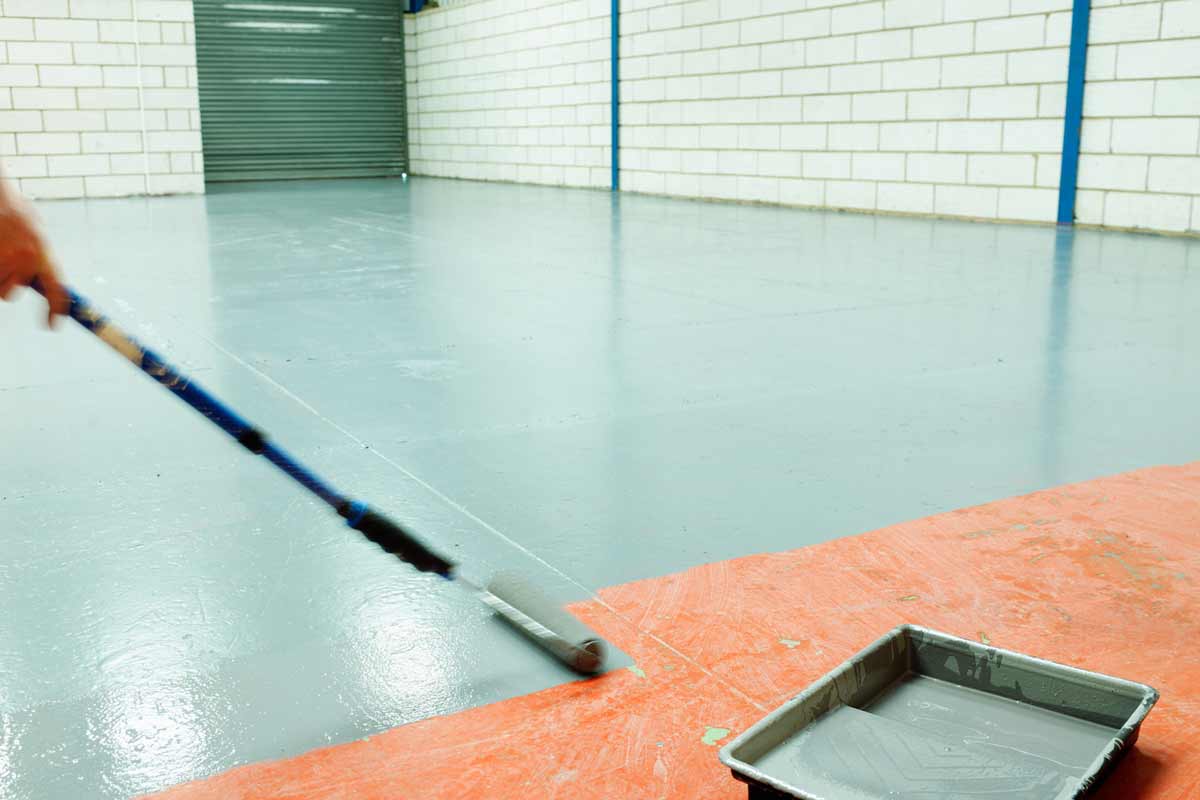
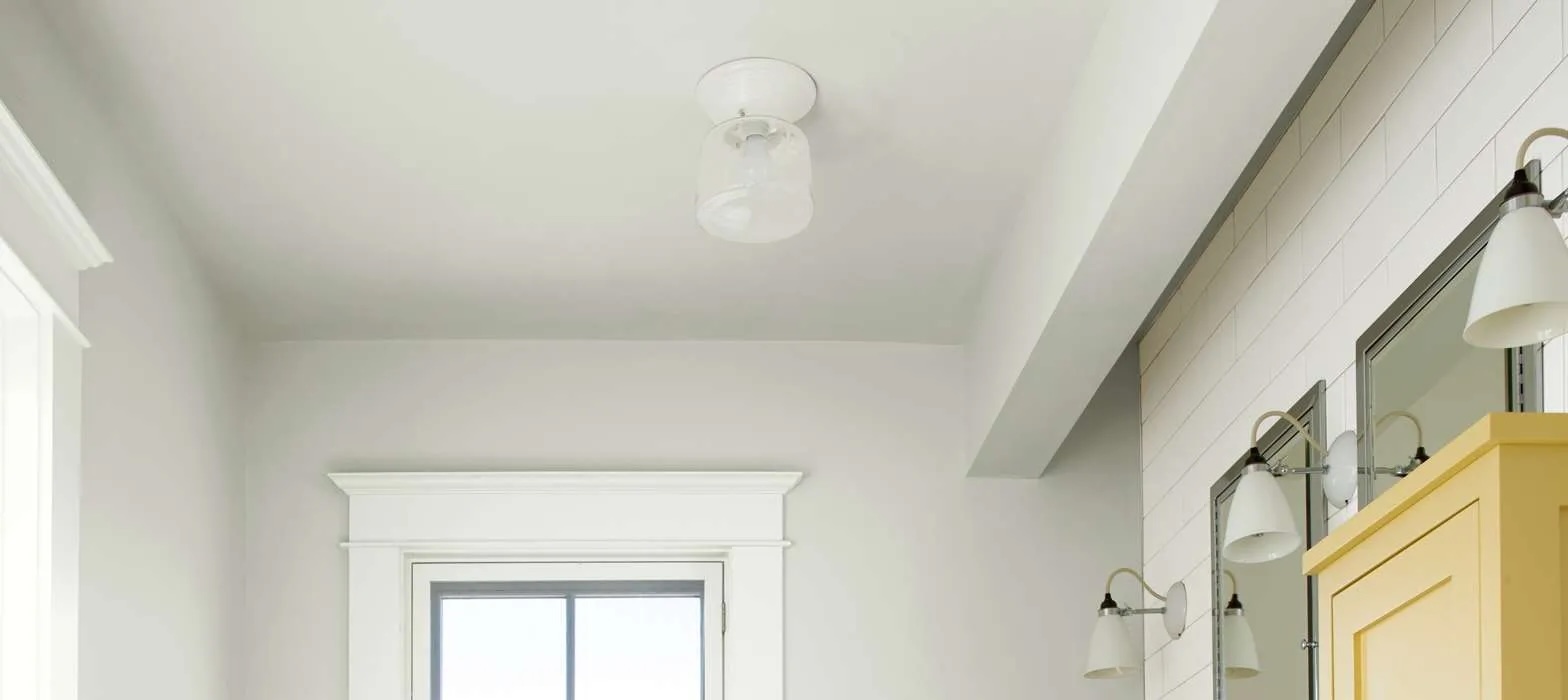
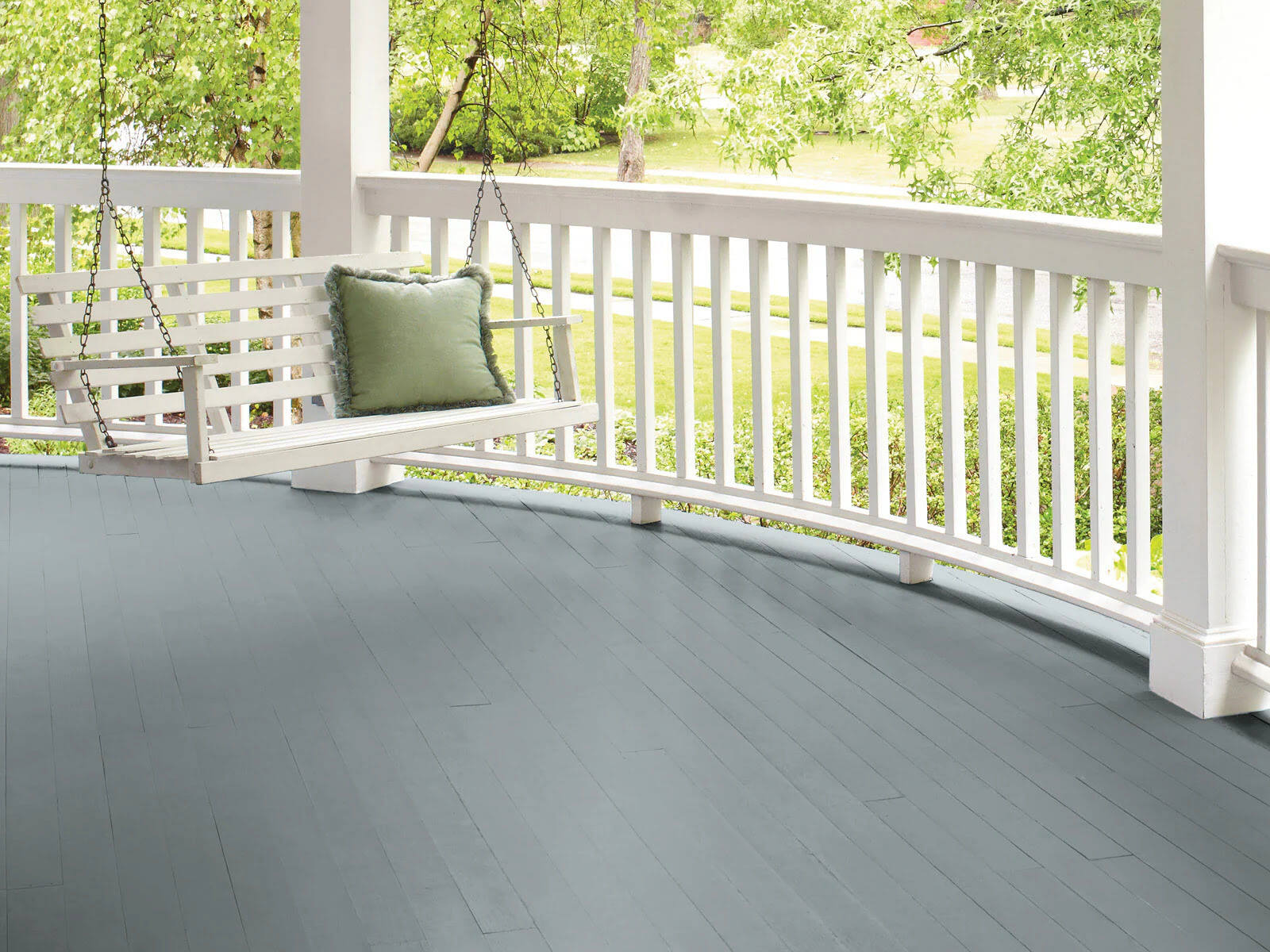
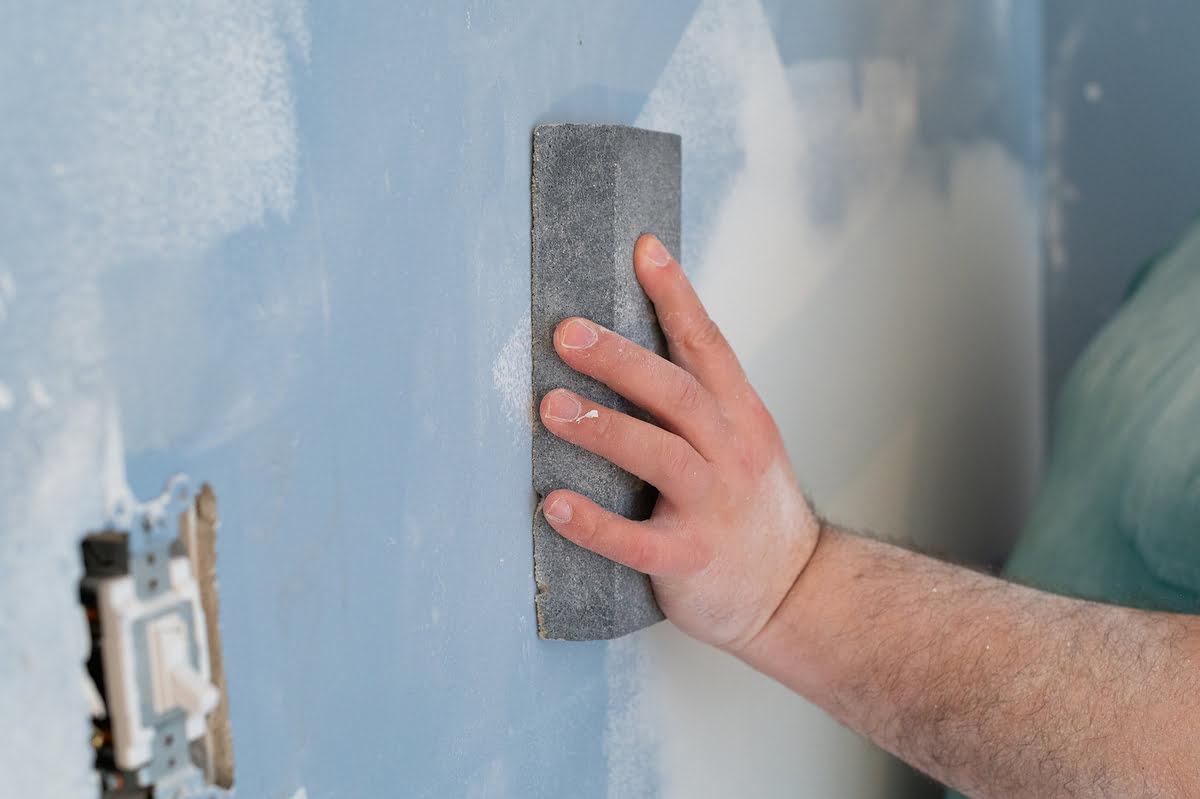
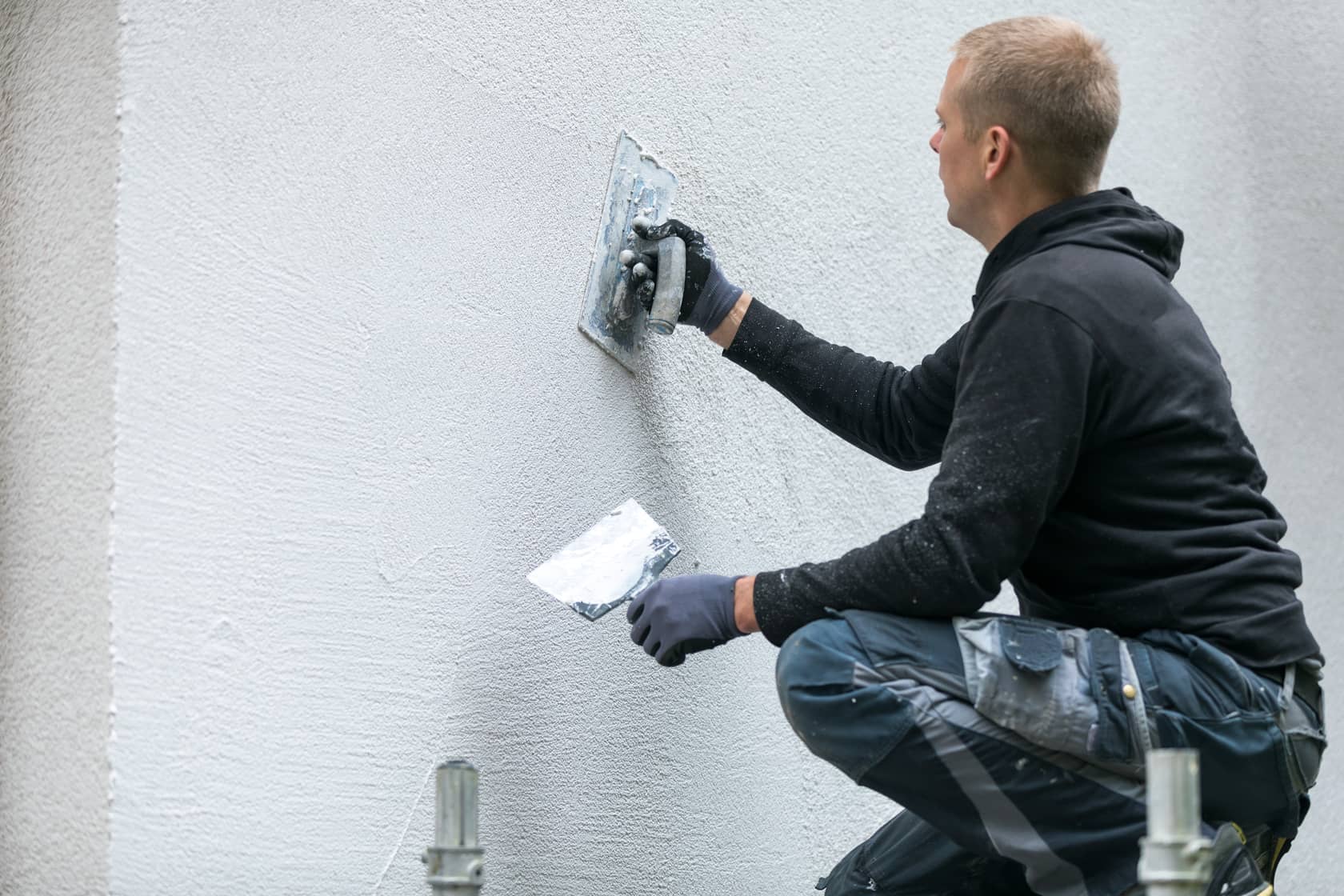
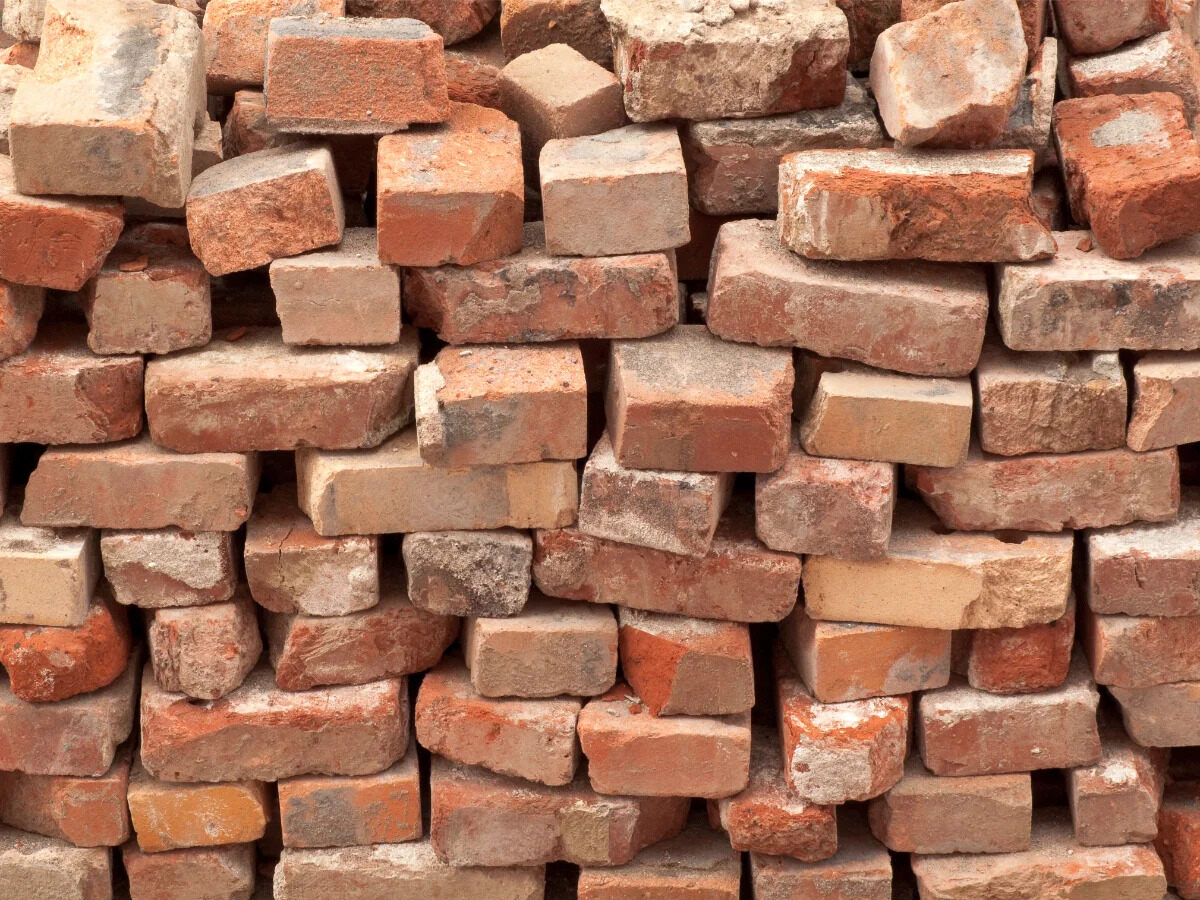
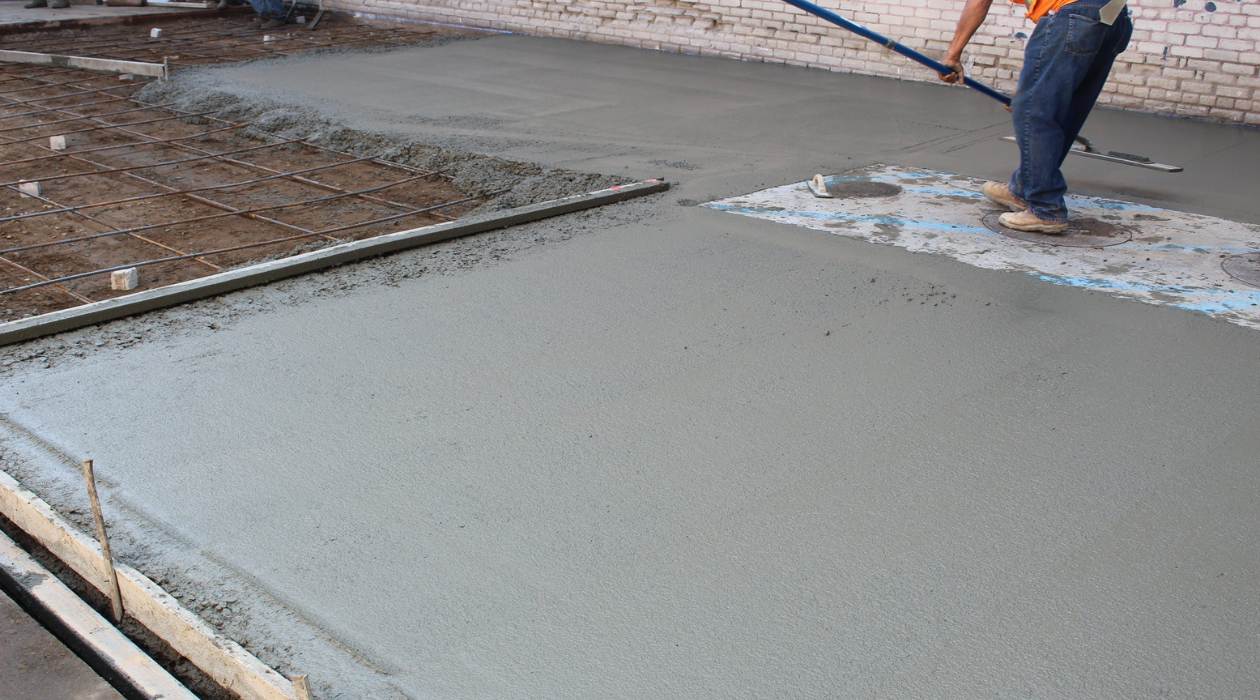
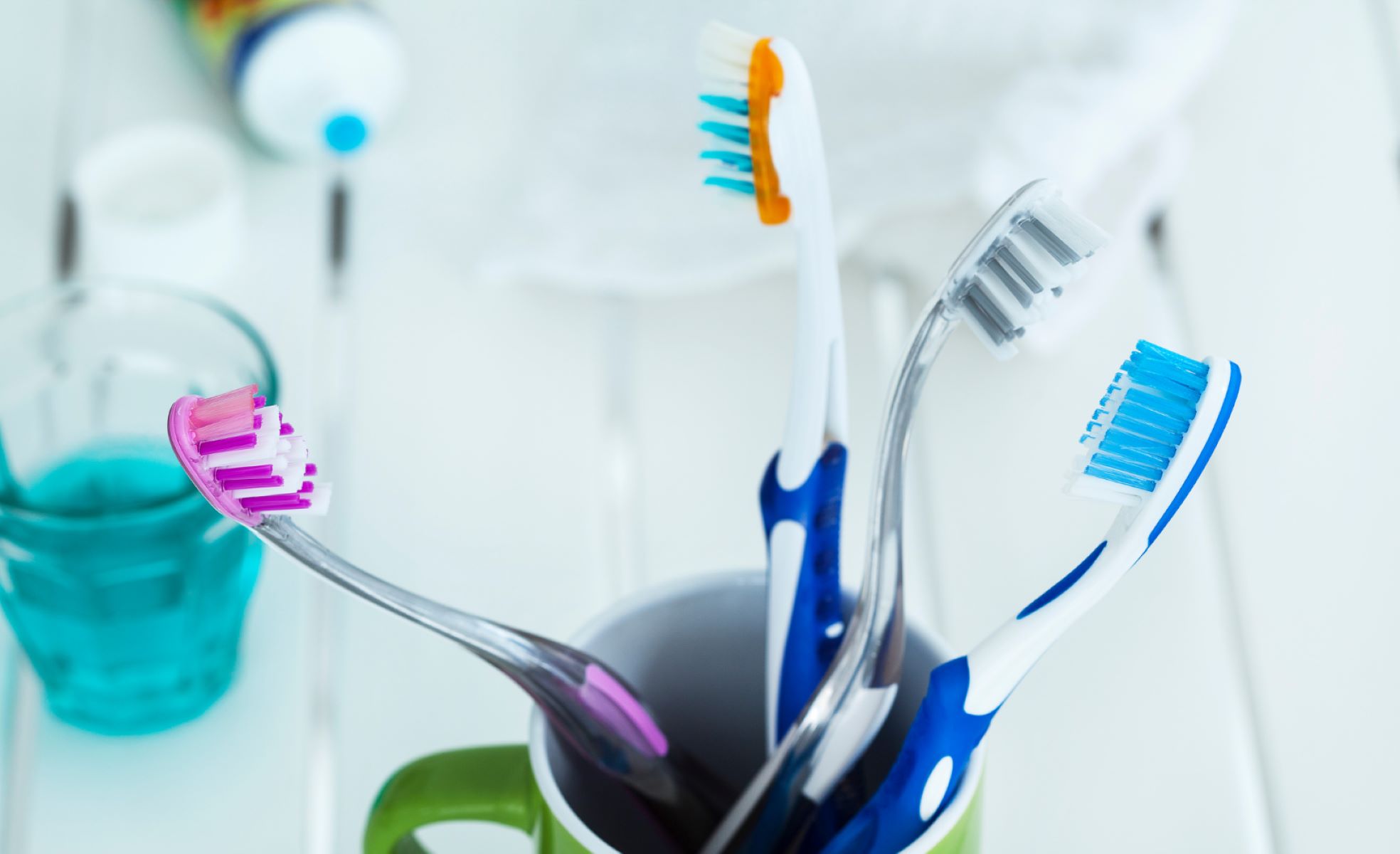
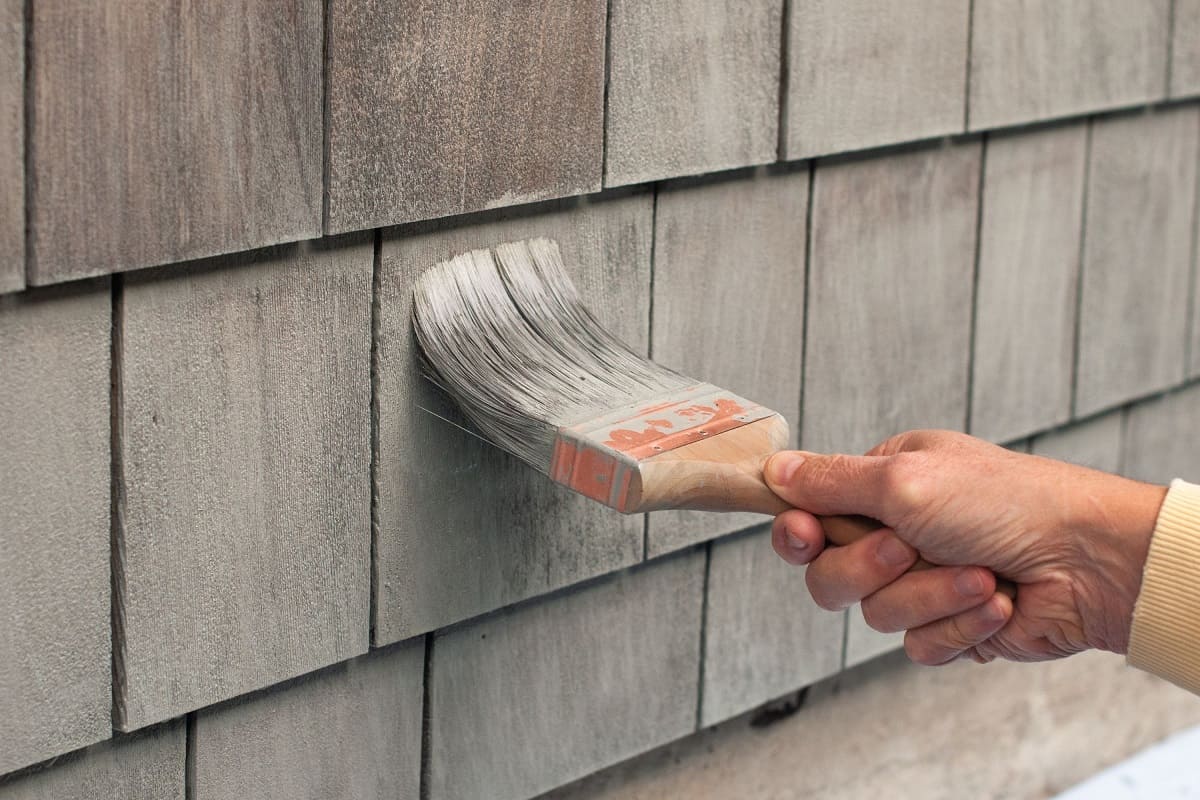
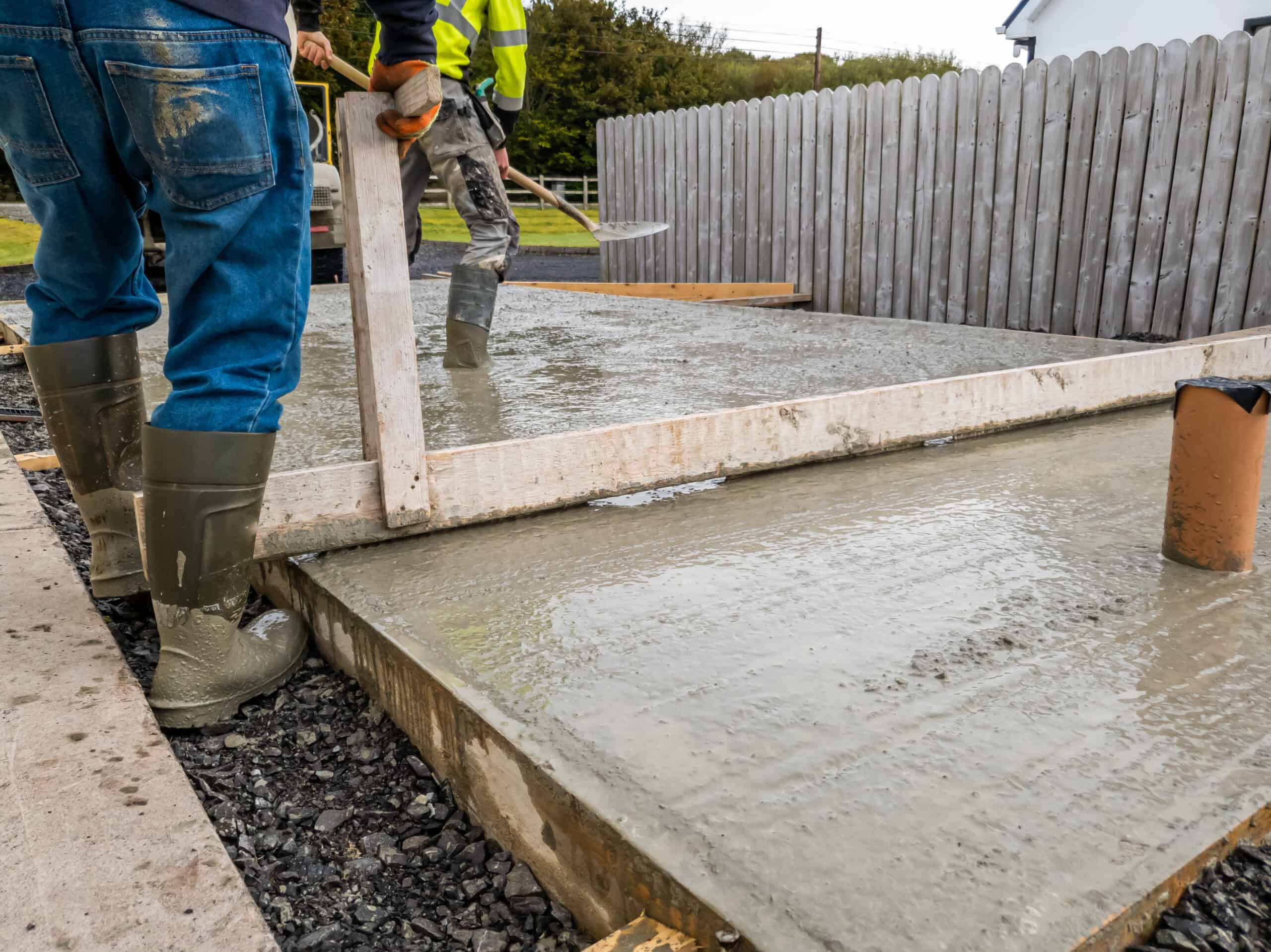
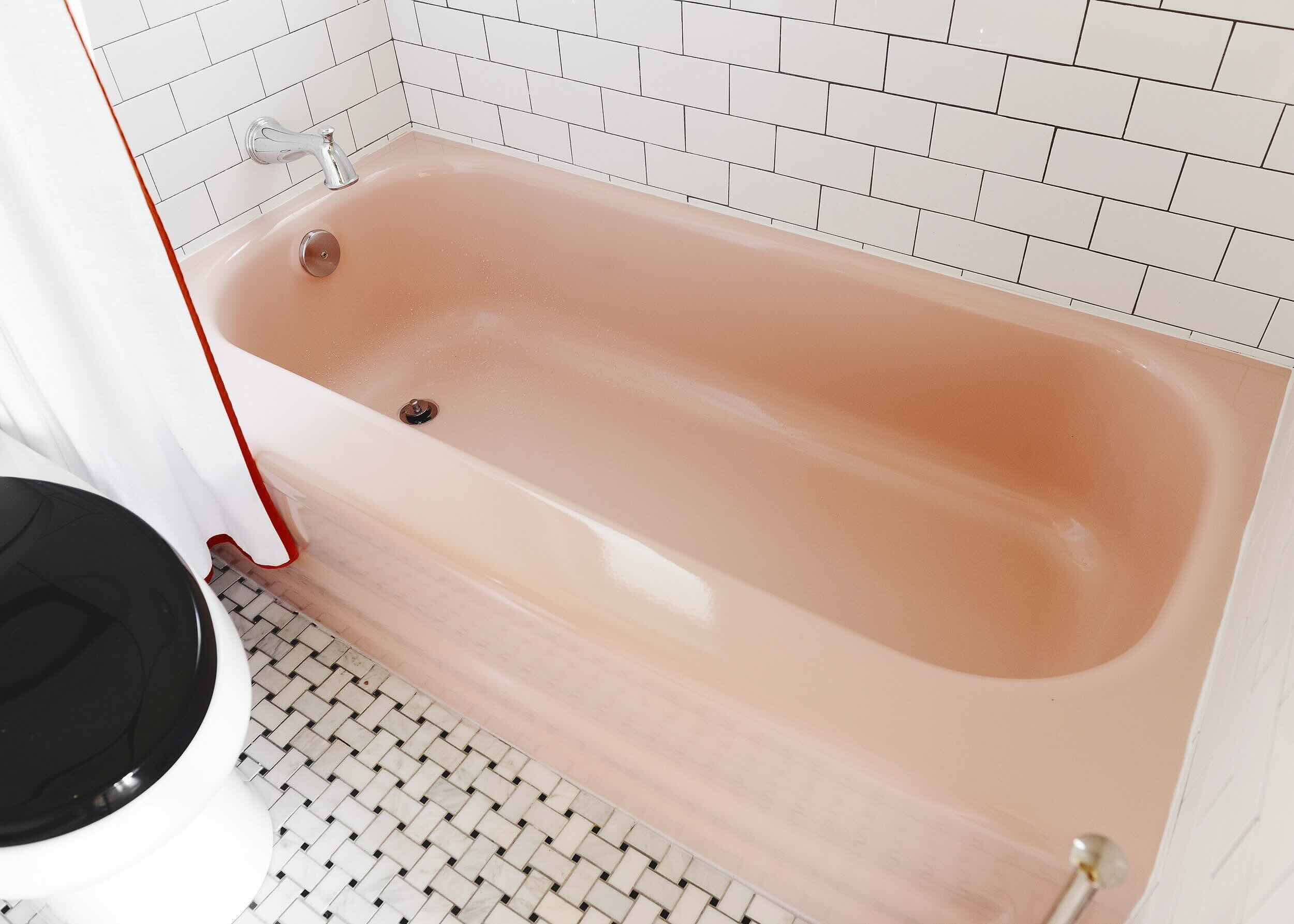
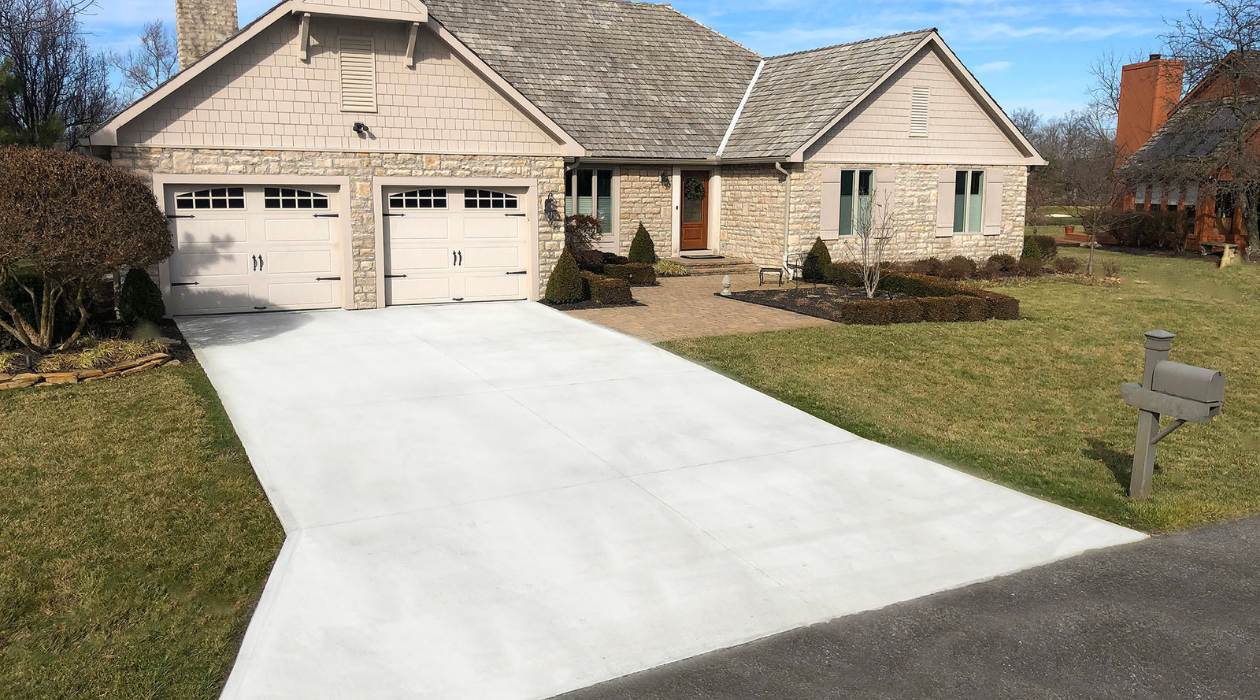
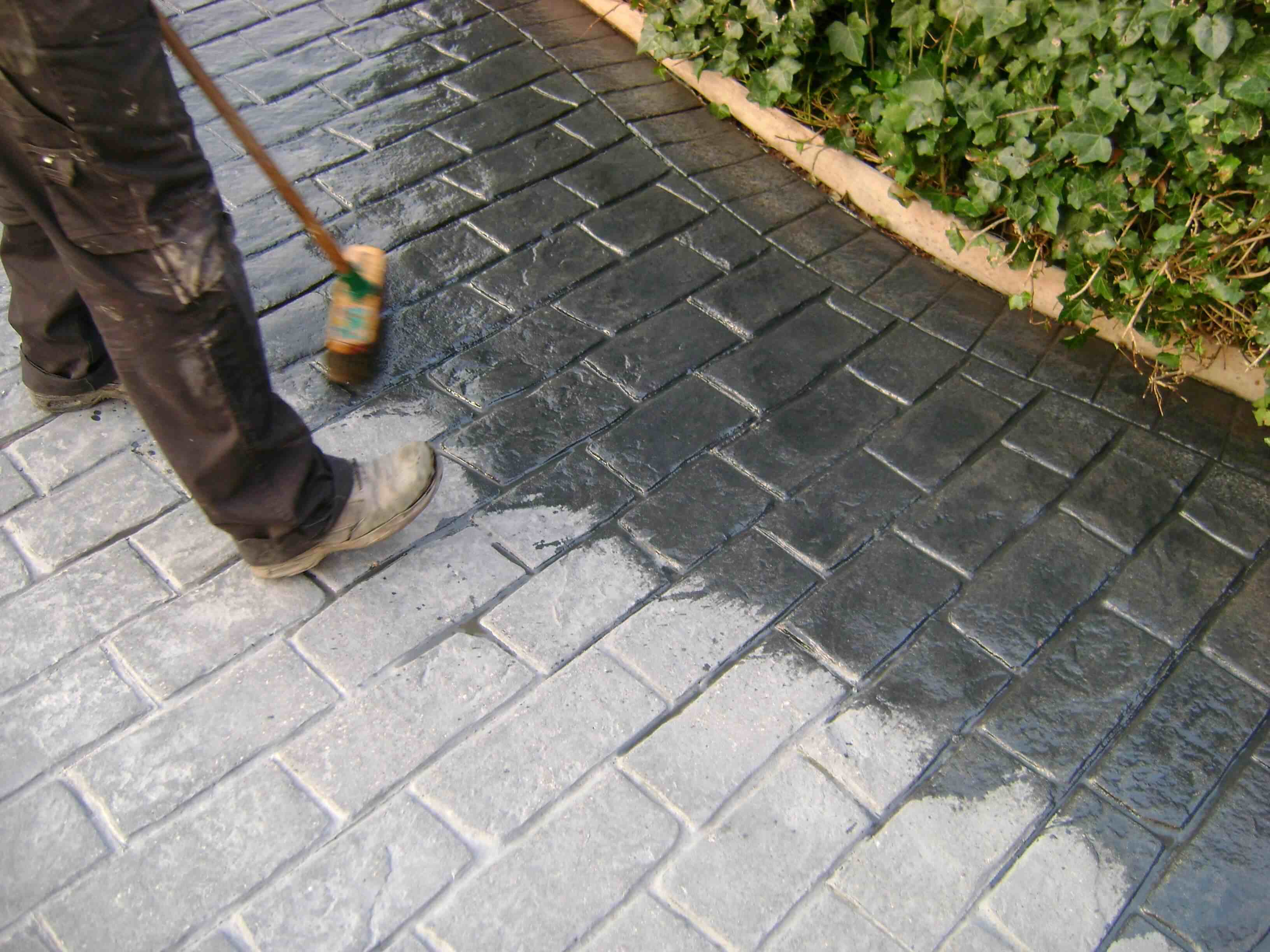
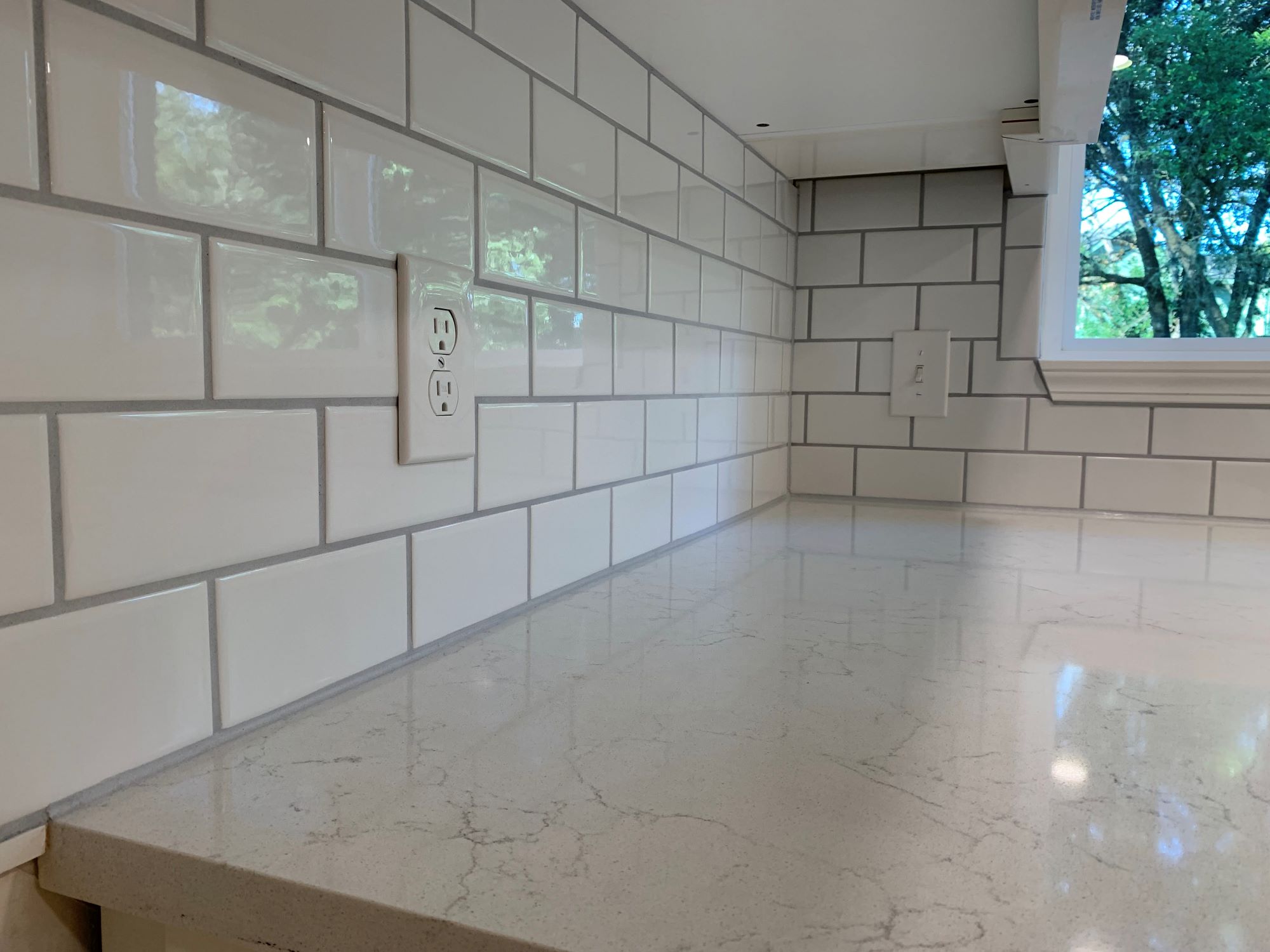


0 thoughts on “How Long Does Stucco Take To Dry Before Painting”